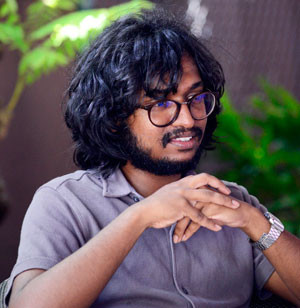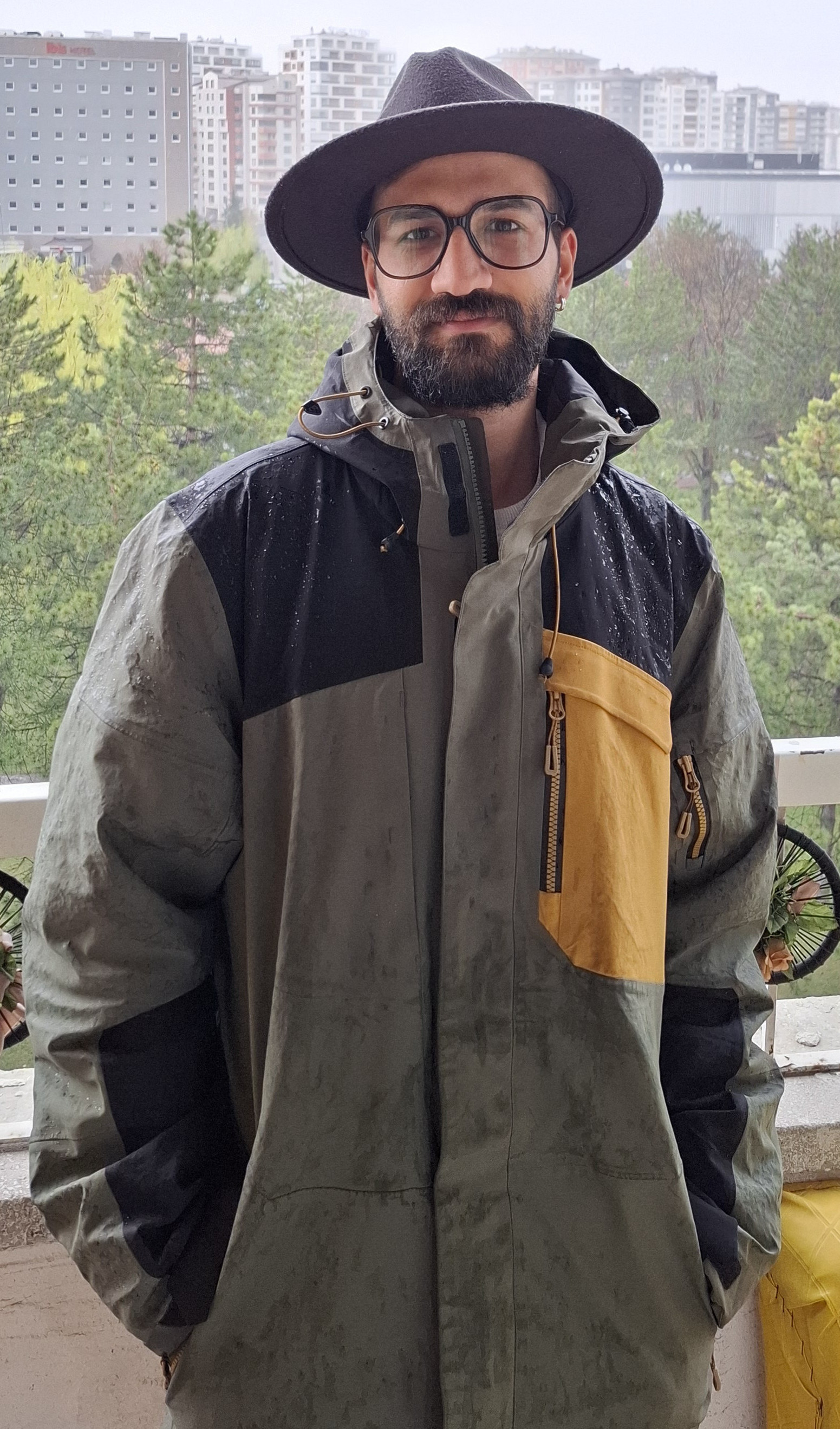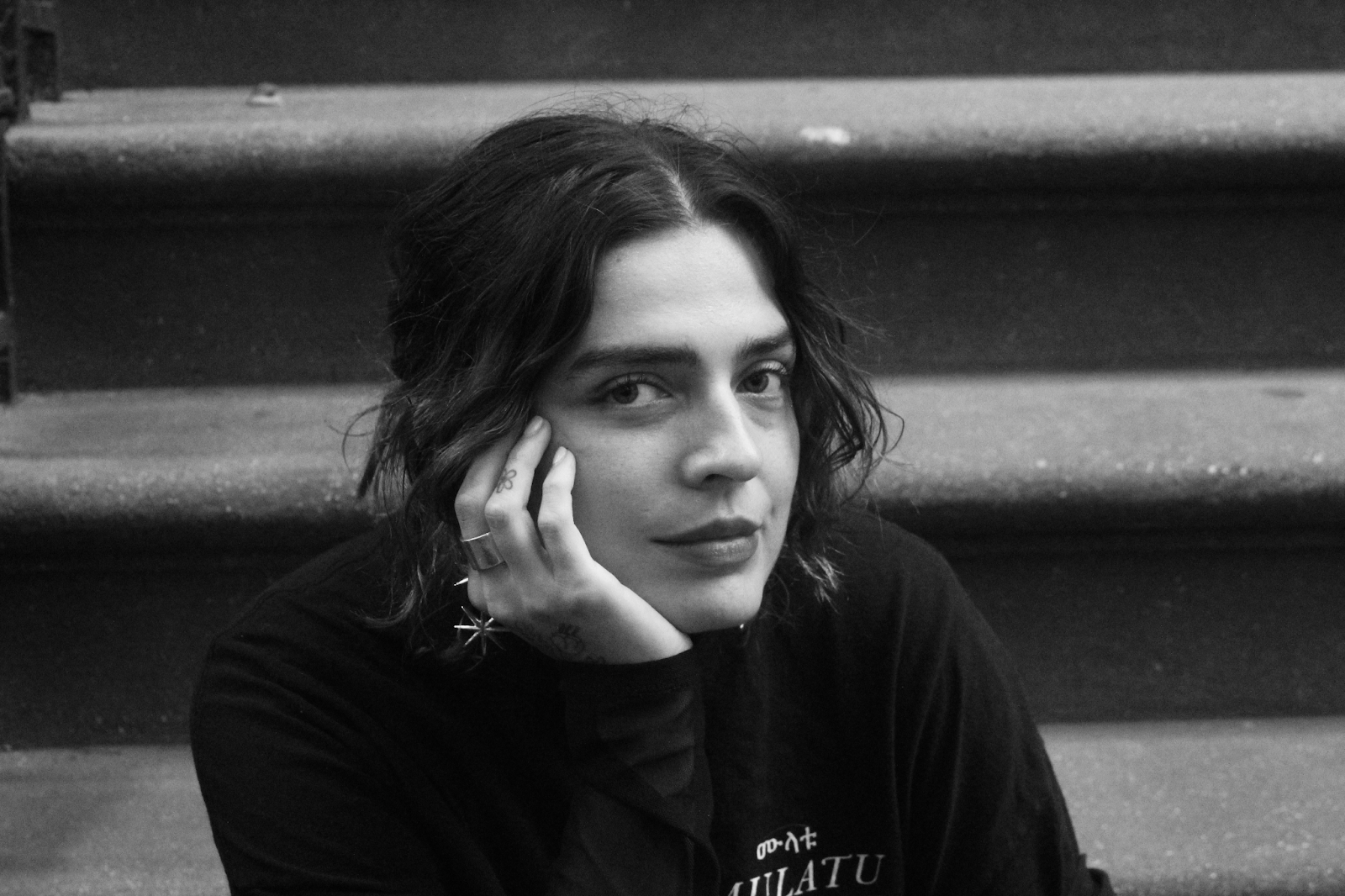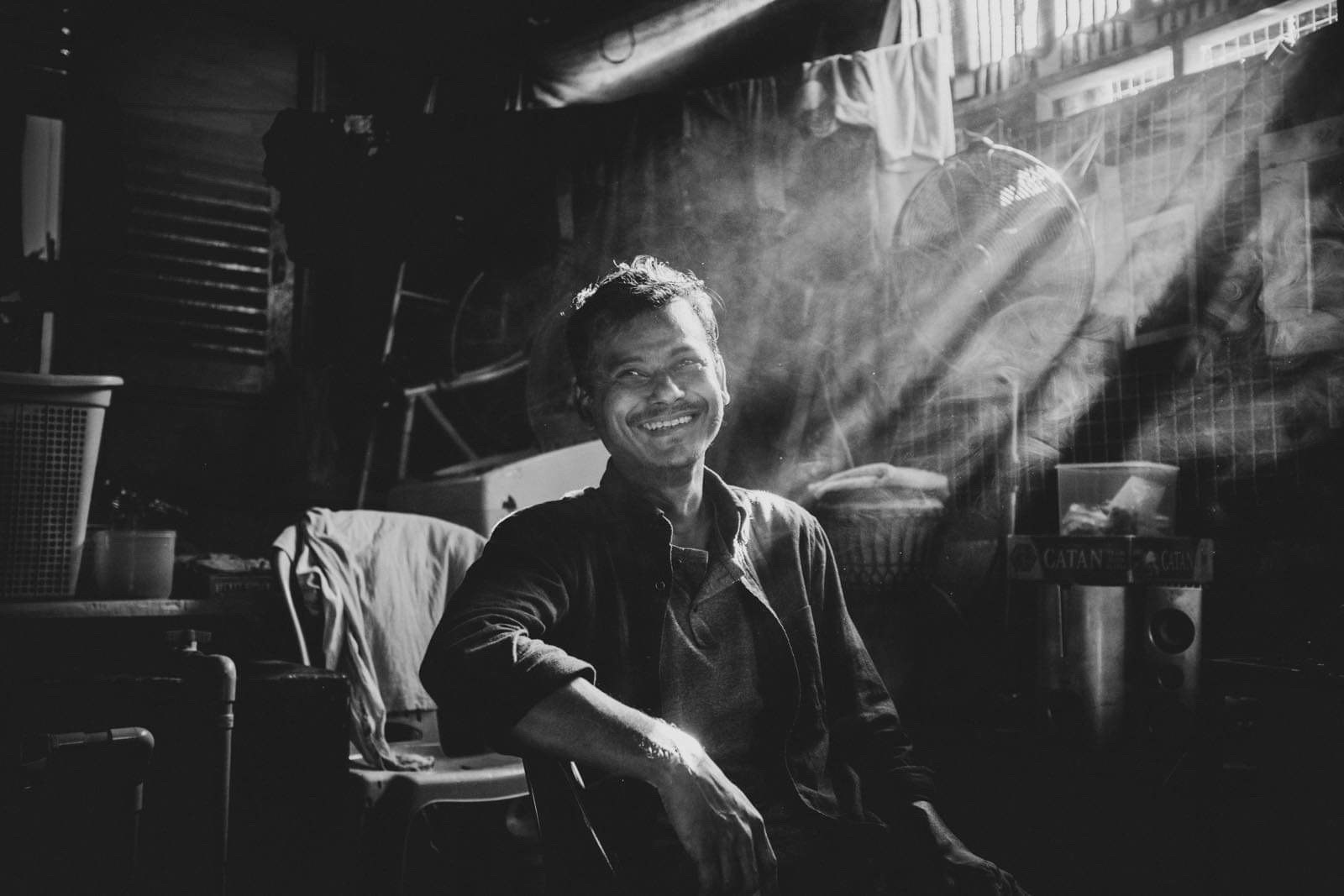Come on a weekday if you hate the crowds; come on a weekend if you want to see that you are not alone. It’s a liminal space that somehow feels stable—a little west in the east. An idea thought in one language but articulated in another. Bring your swimsuits if you are travelling from the west, and if you're from the east, bring spare clothing to get wet.
Because there is a pool of liquid architecture that is irresistible. You must dive in.
I shall not go on about the Portuguese, Dutch and British amalgamation which erected these structures; within the fort, travel guides, and the internet have got it covered.
Instead, I'll talk about the abundance of churches, the inclusion of a mosque, the tight fit of a temple and the lack of a kovil. I don't know the exact reason for the exclusion of a kovil, but in my mind, the fort is, anyway, a tight squeeze; maybe…just maybe, there wasn’t enough space for a pantheon of Gods, just enough space for two Gods and one man who was worshipped like a God. I’ll steer away from religious talk because it makes us all uncomfortable. I bet you felt uncomfortable just now (but it's funny how something that was intended to make people comfortable also achieves the exact opposite of it as well).
As I was saying, the fort is the perfect place for bilinguals or multilinguals, but-I don’t want to discourage monolinguals from visiting it. After all, it is possible to get lost within one language as well; it’s an enormous maze. So, I’ll correct myself. If you are lost, justcome. There is a tradition at Galle Fort, where couples who want to be together forever practise. During twilight, just as the sun is setting, with golden hues mixed with blue-green salty feathers of the sea, the lovers take out their handkerchiefs.
Each person holds their respective handkerchief. To form the first knot, they take one handkerchief and tie a simple overhand knot near the end, making a small, loose loop. This is the most important step of the ‘lovers knot’, the loose loop, which should be loose for it to get tightened and complete the knot. Space and freedom should be given, just like when in love, for it to get stronger and tighter and merge as one. On to the second knot: on the other handkerchief, tie a second overhand knot, creating another small, loose loop. It takes two loose loops, not one. Now intertwine: take the first handkerchief, and pass its working end (the short end) up through the loop of the second handkerchief's knot. Repeat for the second handkerchief. Now comes the main event: both lovers pull on the working ends of their handkerchiefs at the same time, and that’s not it. It should be timed exactly at the moment the sun decides to go into hiding under the Indian Ocean. They don’t make it easier for lovers to be together forever, right? Also, this should be done at Galle Fort itself; anywhere else it won’t work and might have severe consequences. My Amma and Thaththa did the same in a different place. Now it’s been over ten years, and we haven't heard from our Amma. She left with both handkerchiefs, because for her the knot was too tight and the sun set too quickly.
There are numerous touristy cafes where you can splurge some money to feel better; they also serve food and coffee apart from their aesthetics and Instagrammability of the venue. But these are intruders; they are much like immigrants in that way. They have made the inhabitants look bad and put them out of business. They make all the money. But this analogy only works for the West; in the East, and especially here in Sri Lanka, we don't have immigrants; instead, we have tourists who start businesses. Same difference, some say. It’s curious, isn’t it? It’s curious how money, or the lack of it, always seems to induce nationalism in people. Sorry, I’m making you uncomfortable again.
I would suggest skipping the cafes altogether and instead having an egg roti with a cup of plain tea at Nana’s Roti shop right beside the Meeran Jumma Mosque. It’s a humble tin shop in red. If you are both lost and alone (since the handkerchief ritual is out of bounds), I suggest you try Nana’s Roti and a plain tea; much will be revealed to you.
The revelations begin when you give the order to the middleman, another Nana, but not ‘the Nana’. He's a conduit between desire and fulfilment. He repeats the order to ‘the nana’, and once it’s done, he hands the plate over to you. But before that, the dough should be made for the roti. This, of course, has happened already; it existed before you ordered. The dough is displayed in rolled-up balls for portioning. And one dough ball amongst them was meant for you.
Nana takes a dough ball and slaps it on the hot plate powered by a blue-coloured gas tank right under it (blue gas tanks that were worth more than gold two or three years back). The ball sticks on the plate. Now, Nana performs his Sufi Whirling Dervish dance (although he’s not into Sufism), but instead of the traditional full skirt being whirled, this time it is a similar-looking white dough ball, which has now been flattened into a circular sheet that is whirled. Then it is slapped with the same motion on the hot plate.
It’s a beautiful thing to witness. Next, the egg is cracked on the burning metal plate with a soft thud. Then the York cascades alongside the whites like a miniature waterfall (appropriate smile since Sri Lanka has the highest density of waterfalls in the world).
Like a waterfall, the fall is a sizzle of satisfaction onto the less soft dough that has now started to fry. Now his performance is almost done.
So, he brings his signature into this work of art; he does this with a small tin spoon, which is filled with his secret chilli paste. He applies it over the frying egg and spreads it throughout the dough. He folds the fried
dough into a square, almost like a handkerchief. Turn it over to let it fry on both sides. It’s done. Enjoy!
The best way to travel around the fort and explore is by renting a bicycle. There is a humble cafe on the Lighthouse Street once you enter the fort. It is the first cafe you meet, and right in front of it, there are a bunch of old Japanese-style ladies' bicycles that you can rent. Only rent a bicycle from here; there are numerous other places you can rent one. Now ride through the fort. There is no correct way of doing this. When you are met with a junction while you are riding, and you have to decide which road to take, ‘take not the road less travelled by’, as Robert Frost urges us. Instead, take the road that catches your eye because most of the roads inside the fort show you what they have to offer at the end of them. Very considerate of them. I hope people someday do the same. Even a glimpse would do, a glimpse of where they will lead you at the end of it all. So that you already know where you will end up. If it pleases your eye and, in turn, pleases your heart, take it. Even if it is the road most travelled by. Just go astray.
If you need a little bit of indulgence, I suggest you get yourself over to Dairy King. It’s in Church Street. It’s a home disguised as an ice cream parlour. A house with pastel pink walls with luminous, vivid arctic blue accents. This family-run, homemade ice cream parlour slash home (this is not symbolic or metaphorical; people who make the ice cream actually live inside this home) not only serves a huge variety of delicious ice creams, but it also sparks a memorabilia of what it is to be a part of a family (especially in the East, an extended family). Get yourself a scoop and climb up to the outer wall of the fort and walk towards the Aeolus Bastion. Now, take a seat on the edge of the wall with your feet dangling over the Indian Ocean. Think of nothing and everything at the same time. Feed your memories to the “Mae-Mae" wind, a southwesterly sea breeze which is a thermal wind, which blows when the land heats up faster than the sea, causing cooler sea air to move inland. This is the exact point you heal or you reel down. Let me explain.
The land has the sea to cool it down when it heats up, so there has to be someone or even something that can cool me down. If you think this, you have started to heal. Yet if you think that even the land has the sea to cool it down when it needs it the most, I have nobody or nothing to cool me down. My friend, you have started to reel down.
I don't want to suggest that the former is better than the latter; I'm just saying that there are two ways to go. No matter your thoughts, just finish your ice cream first.
A poem for you to read while you finish your ice cream and while you decide.
-Bilingual සංඛාරා-
“To Have a Second Language is to Have a Second Soul”
-Charlemagne-
I possess two souls, one I was born with,
the other I was forced with. Latter is part of me,
while the prior is me.
Even with two souls; I feel no essence, maybe they cancel each other out,
and truly I may have none.
P.S. - Science found out that Unawatuna (a fishing village then, a tourist hotspot now), which is only 5km east of the Galle Fort, experiences lower gravity due to the Indian Ocean Geoid Low (IOGL), a massive "gravity hole" centred southwest of the island. But local myth says that if someday the universe suddenly decides ‘enough of that
nonsense’ and cuts off gravity from Earth, then everything in the world would come crumbling down on Unawatuna, everything known to man on Earth. What a burden to have! It's a good thing that Unawatuna is way stronger than me.
(This letter, sealed inside a waterproof bag within a metal pencil box, was found on the washed-up body of an English teacher from a Tamil medium government school whose mother tongue was Sinhala, at the grave of Bathri Waliyullah outside the sea walls of Galle Fort.)










